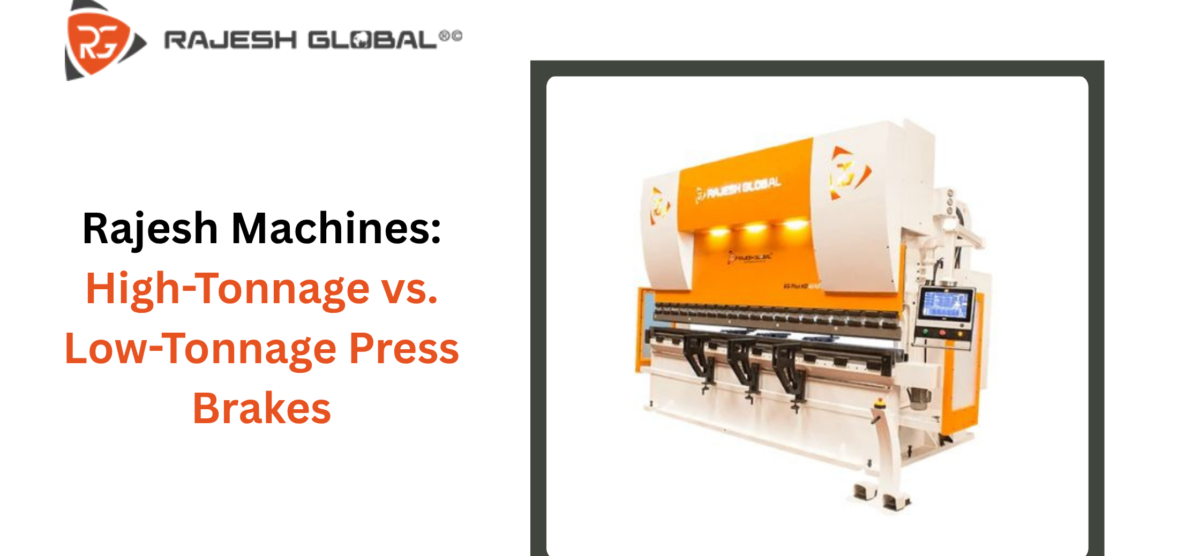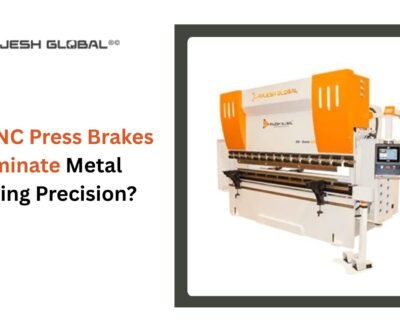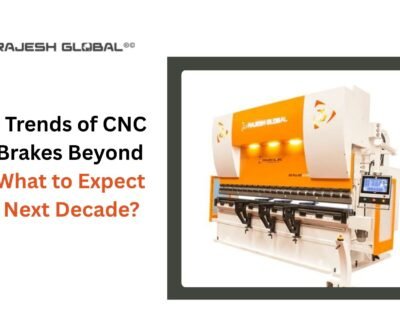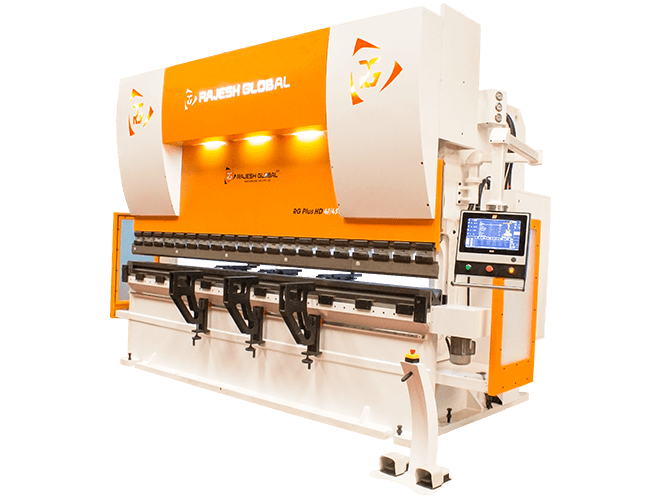Blog

High-Tonnage vs. Low-Tonnage Press Brakes
In the world of metal fabrication, press brakes are indispensable machines that shape and bend metal sheets into various forms. Understanding the differences between high-tonnage and low-tonnage press brakes is crucial for anyone passionate about metalworking, whether you’re a hobbyist or a professional. This blog aims to illuminate these differences, helping you make informed decisions that align with your specific needs.
Understanding Press Brake Tonnage
Contents
- 1 Understanding Press Brake Tonnage
- 2 High-Tonnage Press Brakes
- 3 Low-Tonnage Press Brakes
- 4 Choosing the Right Press Brake
- 5 Practical Applications and Case Studies
- 6 Conclusion
- 7 FAQ
- 7.1 What are some examples of specific materials that would be used with a low-tonnage press brake vs. a high-tonnage press brake?
- 7.2 How exactly does CNC integration work with a press brake?
- 7.3 What are the safety considerations for operating a high-tonnage press brake?
- 7.4 Are there any additional features or add-ons that could enhance the capabilities of a low-tonnage press brake?
Press brake tonnage refers to the maximum bending force a press brake can exert on a metal plate to achieve precise bending angles. The tonnage required for a specific job is influenced by several factors, including material thickness, type, bend length, and the desired bend radius.
For instance, thicker materials require higher tonnage due to increased resistance during bending. The thicker and harder the sheet metal is bent, the higher the working tonnage needed to achieve successful results. This understanding is vital because incorrect tonnage can lead to incomplete bends if the force is too low or cause damage to tools and machinery if the force is too high.
High-Tonnage Press Brakes
High-tonnage press brakes typically operate above 100 tons and are designed for heavy-duty applications. These machines excel in industries where thick materials such as steel and aluminum are common.
Advantages
The primary advantages of high-tonnage press brakes include:
- Ability to Handle Thick Materials: They can bend materials that are significantly thicker than what low-tonnage machines can manage. This capability is essential in industries like construction and automotive manufacturing.
- Versatility: High-tonnage machines can perform complex bends and multi-step sequences, making them suitable for a wide range of applications.
- Increased Productivity: For large-scale operations, these machines can handle high volumes of work efficiently, reducing cycle times and increasing output.
However, these benefits come with considerations regarding cost and operational requirements. High-tonnage press brakes often have higher initial investments and ongoing operational costs due to their energy consumption and maintenance needs.
Low-Tonnage Press Brakes
Low-tonnage press brakes generally operate below 100 tons and have gained renewed popularity in recent years. They are particularly effective for smaller parts and intricate designs where precision is paramount.
Advantages
Low-tonnage press brakes offer several compelling advantages:
- Cost-Effectiveness: They are more affordable than their high-tonnage counterparts, making them an excellent choice for small businesses or hobbyists who need flexibility without breaking the bank.
- Energy Efficiency: These machines consume less energy compared to high-tonnage models, resulting in lower operational costs over time.
- Compact Design: Low-tonnage presses often have a smaller footprint, making them ideal for shops with limited space. Their design allows for easier handling of smaller parts without sacrificing quality or precision.
Recent advancements in technology have further enhanced the capabilities of low-tonnage press brakes. For example, many now feature CNC systems that allow for automated programming of complex bending sequences, significantly improving efficiency and accuracy. Additionally, innovations such as 3D-printed tools enable even greater flexibility in production setups.
Choosing the Right Press Brake
When deciding between high-tonnage and low-tonnage press brakes, it’s essential to assess your specific needs carefully. Consider the following factors:
- Material Types and Thicknesses: If your projects frequently involve thick materials or require complex bends, a high-tonnage machine may be necessary. Conversely, if you’re primarily working with thinner materials or smaller parts, a low-tonnage machine could suffice.
- Production Volume: For high-volume production environments where speed is critical, high-tonnage presses often provide better efficiency. However, for smaller batches or custom projects, low-tonnage presses can be more practical.
- Budget Constraints: Evaluate your budget not only for initial purchase costs but also for ongoing operational expenses. Low-tonnage machines typically offer lower overall costs.
Ultimately, selecting the right press brake involves balancing these considerations against your business objectives. Rajesh CNC offers a variety of options tailored to meet diverse needs in the metal fabrication industry.
Practical Applications and Case Studies
To illustrate the differences between high-tonnage and low-tonnage press brakes in real-world scenarios, consider the following examples:
- High-Tonnage Application: A company specializing in automotive chassis manufacturing requires a press brake capable of bending thick steel plates into complex shapes. A high-tonnage machine allows them to achieve precise bends while maintaining productivity levels necessary for mass production.
- Low-Tonnage Application: A small workshop focusing on custom metal art uses a low-tonnage press brake to create intricate designs from thin aluminum sheets. The machine’s precision capabilities enable them to produce detailed work without the need for larger equipment that would be overkill for their projects.
These examples highlight how different types of press brakes can cater to varying industry demands while emphasizing the importance of selecting machinery that aligns with specific operational goals.
Conclusion
In conclusion, understanding the distinctions between high-tonnage and low-tonnage press brakes is essential for anyone involved in metal fabrication. Each type has its unique advantages and considerations that cater to different applications and business needs.
High-tonnage press brakes shine in heavy-duty applications requiring significant bending force and versatility across various materials. In contrast, low-tonnage presses excel in precision work with thinner materials while offering cost-effective solutions for smaller operations.
As you navigate your options in choosing a press brake, consider factors such as material types, production volumes, and budget constraints. By aligning your choice with your specific requirements, you can enhance productivity while ensuring quality outcomes in your metalworking endeavors.
For those looking to invest in reliable machinery tailored to their needs, Rajesh CNC provides expert consultations and a wide range of options designed to meet diverse requirements in the realm of metal fabrication. Embrace the possibilities that both high-tonnage and low-tonnage press brakes offer—your projects will thank you!
FAQ
What are some examples of specific materials that would be used with a low-tonnage press brake vs. a high-tonnage press brake?
Low-tonnage press brakes are typically suited for materials such as aluminum, thin sheet steel, and plastic composites, which require less force to bend due to their lower tensile strength. For instance, aluminum with a tensile strength of approximately 34,000 PSI can be effectively processed on these machines. In contrast, high-tonnage press brakes are designed for more robust materials like stainless steel and thicker carbon steel, which have higher tensile strengths (around 84,000 PSI for stainless steel) and require significantly more force to achieve the desired bends. Consequently, the choice of materials directly influences the type of press brake needed based on the thickness and strength of the material being processed.
How exactly does CNC integration work with a press brake?
CNC integration with a press brake involves equipping the machine with computer numerical control technology that automates the bending process. This integration allows for precise programming of the bending parameters, such as angle, speed, and tonnage, ensuring consistent results across multiple parts. The CNC system utilizes software to create detailed programs that dictate how the machine operates, including tool selection and material handling. This level of automation not only enhances accuracy but also improves efficiency by reducing setup times and minimizing human error during operation.
What are the safety considerations for operating a high-tonnage press brake?
When operating a high-tonnage press brake, several safety considerations must be adhered to in order to prevent accidents and injuries. Operators should always wear appropriate personal protective equipment (PPE), including safety glasses and gloves. It is crucial to ensure that all safety guards and emergency stop buttons are functional before operation. Additionally, operators should be trained to recognize hazards associated with moving parts and high pressure, as well as proper loading techniques to avoid pinch points. Regular maintenance checks are essential to ensure that the machine operates safely and effectively.
Are there any additional features or add-ons that could enhance the capabilities of a low-tonnage press brake?
Yes, several features and add-ons can enhance the capabilities of a low-tonnage press brake. Options such as automatic back gauges allow for improved precision in part positioning, while tooling options like specialized dies can expand the range of shapes that can be formed. Additionally, incorporating CNC controls can automate processes and improve repeatability. Other enhancements might include laser alignment systems for accurate positioning and software integration for better workflow management and programming efficiency, allowing users to maximize their productivity while maintaining high-quality output.






